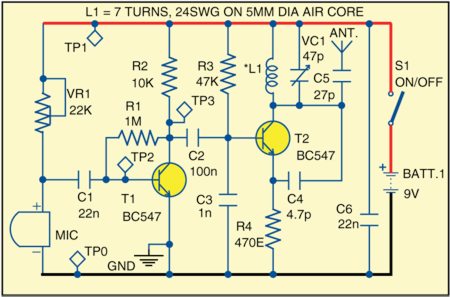

The digital electronics are supplied by a 5V circuit, which is internally converted down to the 3.3V levels that drive the MCU. The Duet boards run on two basic power circuits. Always use a cooling fan if you run a Duet 2 Wifi or Duet 2 Ethernet above 2.0A motor current.

Important! The higher the motor currents you set, the more important it is to cool the board.

#Pcb wifi amplifiers driver
Position the fan to blow air underneath the board (preferably along the top as well), especially along the row of stepper driver chips and between the power input and bed heater terminal blocks. If you mount the board horizontally then a cooling fan is recommended, especially if there are other heat-generating components in the vicinity such as power supplies, SSRs or stepper motors. Make the spacing between the back of the board and the panel or enclosure large enough to allow a good flow of air. Convection cooling will usually be sufficient, but if you are using high stepper motor currents then you may wish to add a fan below the board to encourage the upward flow of air. If you mount the board vertically, make sure that cool air can enter at the bottom of the board, flow upwards behind the board, and escape at the top. Therefore your mounting method should encourage good airflow underneath the board.
#Pcb wifi amplifiers drivers
The PCB is designed to transfer heat from the stepper drivers and power mosfets to the underside of the board. If you need 18A on the bed heater channel then you need to fit a 20A fuse and take further precautions against over current. PanelDue colour touch screen 12864 display using ST7567 controller chip (RRF 3.2 and later)Ĥ GPIO pins on Duex 2/Duex 5 expansion board, 16 GPIO pins on third-party SX1509B-based I/O expansion boardġ Note that the board is rated to 18A on the bed heater channel however from version 1.04 forwards they are supplied with a 15A fuse fitted (18A are difficult to source). Up to 5 via expansion connector (3.3V drive unless expansion board used) PT100 and thermocouple daughter board supportĥ more extruder heater outputs and thermistor inputs, 2 more PT100/thermocouple daughter boards (4 channels), offered by optional Duex5 expansion board Up to 7 additional stepper drivers, of which up to 5 can be TMC2660, as offered by optional Duex5 expansion board A 5-channel expansion breakout board is available to level shift them to 5V.

Up to 7 external stepper drivers when not using Duex expansion board. Yes, from RRF 3.2 (requires hardware modification/additional hardware) Support for attached Raspberry Pi or other Single Board Computer (SBC) On-board high speed (20Mbytes/sec) SD card socket. VIN voltage and input to on-board 5V regulator, allows for state save on power failure. Up to 2.4A peak current, up to x256 microstepping, optional x16 interpolation on x16 microstepping, stall detectionīed heater (up to 18A 1), 2 x extruder heater (up to 6A each)ģ, optimised for 100k thermistors, can support PT1000 sensors with reduced accuracyģ controlled fans, 2 always-on fan connectors, voltage selectable between VIN, 5V or external supply (all fans together) 6 more controlled fans on expansion boardĥ on-board I/O connectors for endstop and filament monitors (STP pins are 8V-tolerant on revision 1.04 and later), 7 more on expansion headerĤ-pin with IN/GND/MOD/3V3 pins (IN pin is 30V-tolerant in revision 1.04 and later)
#Pcb wifi amplifiers serial
120MHz ARM Cortex M4F, 512Kb flash, 128Kb RAM, hardware floating point (single precision), DMA, 2Kb cacheĢ.4GHz WiFi, WPA-2 encryption USB port serial portġ0BaseT/100BaseTX Ethernet USB port serial port


 0 kommentar(er)
0 kommentar(er)
